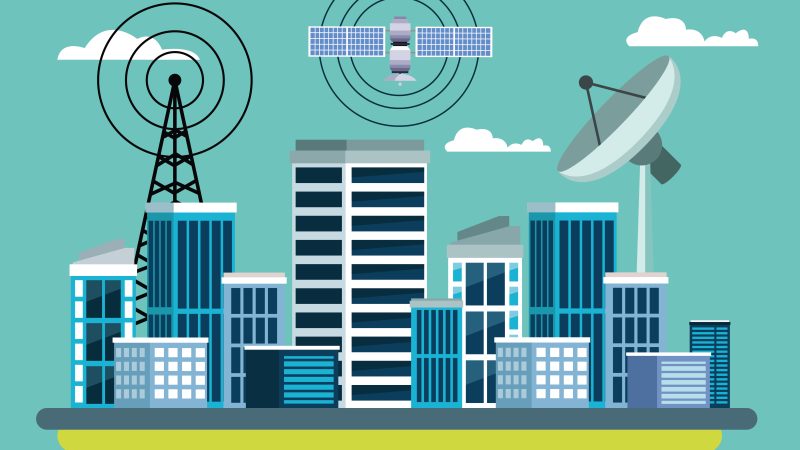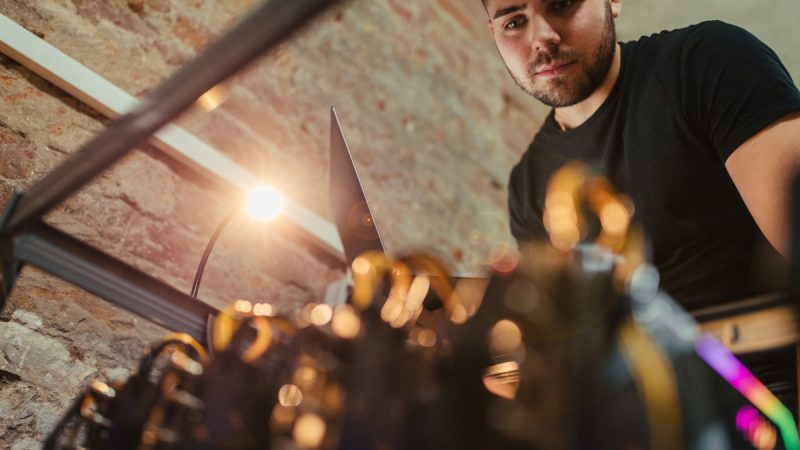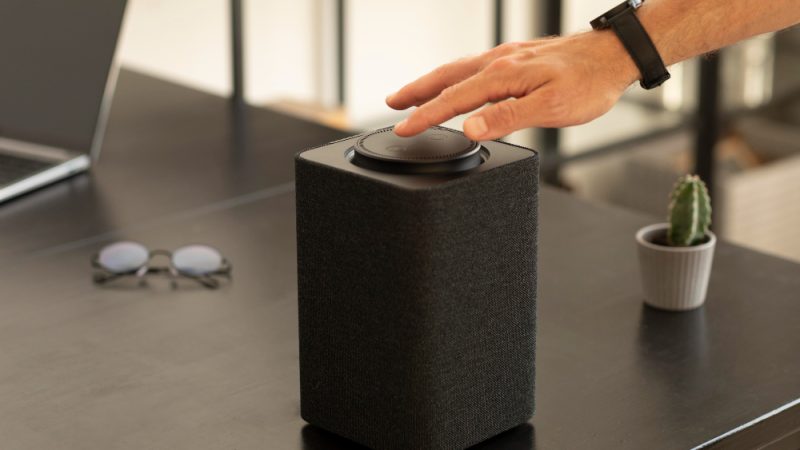An Essential Guide To Using CB Radios Legally
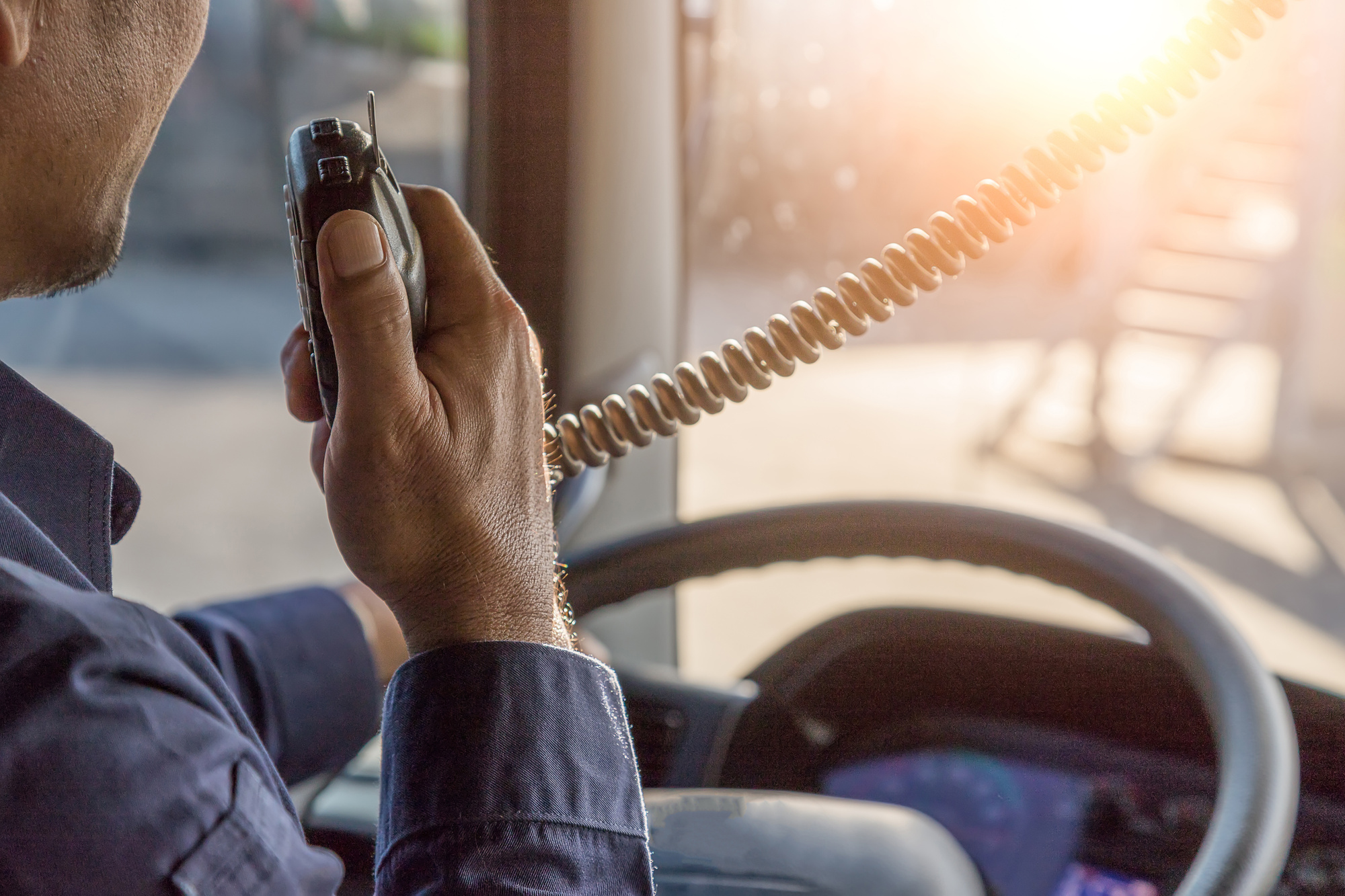
Radios have always served as crucial communication tools. Their significance remains resilient in their purpose and utility, even with the advancement of technology.
One of the popular radio devices used even today is the citizens band (CB) radio. CB radio is a two-way short-range communication device that allows you to communicate with another user over a short distance. They’re commonly used by boaters, first responders, truckers, travelers, and hobbyists. CB radios have also been lifelines for many during natural disasters when other communication methods failed.
You might be wondering, ‘How do I install this radio?’ ‘How do I use it legally?’ This guide will answer your questions regarding CB radios, specifically the proper installation, maintenance, and legalities. So read on.
Proper Installation And Maintenance Of CB Radios
Radios must be properly installed and maintained to get the best reception and ensure safety and longevity. Here are tips for the proper installation and maintenance of CB radios.
- CB Radio Placement
Firstly, choose a location that doesn’t interfere with driving or passenger comfort. The typical spots to place it are under the dashboard, overhead, or on the center console. After choosing the location, use the mounting bracket to secure the CB radio. However, check the mounting spot before drilling to avoid damaging vehicle wiring or components.
After setting up the CB radio system, find a good spot for the CB antenna. Ideally, it should be at the highest point of your vehicle to maximize range. Once you place them in a good spot, run the coaxial cable from the antenna to the CB radio to connect them. After connecting them, simply plug them in to power them.
- Check and Adjust The Standing Wave Ratio (SWR)
Measuring the SWR is important to know how the radio signal is transmitted from the antenna. Using the SWR meter, measure and adjust the SWR levels. Aim for reading as close to 1:1 as possible, although anything below 2:1 is generally acceptable. Adjust the antenna length or reposition the antenna if needed to have the correct reading of SWR.
- Test And Tune The System
Turn on your CB radio, tune to a channel, and attempt to transmit and receive signals. Check for interference or unclear transmissions and make minor adjustments for optimal performance. You can also adjust the squelch control to reduce background noise and adjust the volume.
- Regular Maintenance
Regular cleaning and inspection of all parts of your CB radio and its connectors, including the antenna, power source, and other hardware. Doing this ensures it works well and that you can spot any damage or wear and tear early on.
Proper storage is also essential. Avoid exposing your CB radio to direct sunlight, because it can degrade the plastic components and affect its internal electronics. So store it in a cool, dry place when you’re not using it. If it has a battery, remove them to avoid potential battery leakage. It’s also advisable to occasionally get your CB radio checked and calibrated by professionals.
Remember, like any electronic device, regular attention and care will go a long way in maintaining its performance.
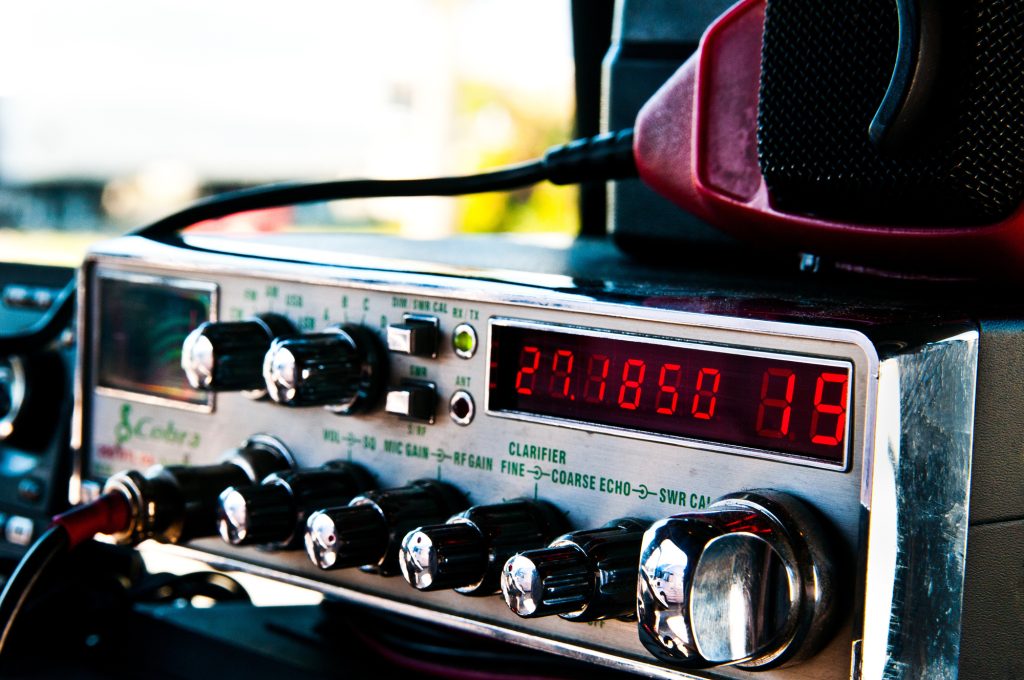
How To Use CB Radios Legally
Before using CB radio, you need to be aware of the legalities surrounding them. In the US, the Federal Communications Commission (FCC) governs the use of personal radio services like CB radio. They used to require a license for CB radio operation but not anymore.
However, if you operate a CB radio, you should familiarize yourself with its rules to ensure you use it legally.
- Know The Channel Specifics
The FCC has designated 40 specific channels for CB radio use. Certain channels have been informally set up for particular services.
For instance, Channel 9 is exclusively for emergency communications. Most truckers use Channels 17 and 19 for road information, such as roadblocks and traffic.
Familiarizing yourself with these channel designations would be beneficial for you.
- Respect Power Limits
Always ensure you’re within the legal power limit set by FCC. In the US, the CB power output level for AM (amplitude modulation) is 4 watts, and for the SSB (single side band) is 12 watts. Exceeding these limits is considered illegal.
- Avoid Illegal Modifications
Tampering with or modifying your CB radio is a big no-no. Amplifiers or ‘linear amps’ that increase the transmitting power beyond legal limits are prohibited. Modifying your CB radio to transmit outside the designated CB channels is also illegal.
The FCC prohibits modifications, as they are done to exceed the prescribed power limits. Illegal modification is what makes using CB radio illegal.
The regulations and guidelines set by FCC can change over time. Reviewing the rules or checking for any updates occasionally is a good way to stay updated.
The Communication Etiquette Of CB Radios
Knowing how to legally operate the CB radio isn’t enough. You should also know how to follow communication etiquette to make communication smoother and prevent unnecessary conflicts. Here are some etiquettes of CB radios:
- Don’t Interfere With Others
Deliberately transmitting signals to interfere with CB users or radio services is illegal and inconsiderate.
Be sure to be polite and respectful toward others. Before you transmit, listen first. Ensure the channel isn’t occupied before you transmit. This is essential when it comes to communication.
- Don’t Hog The Channel
Try to keep your transmissions short. This ensures that the channel remains open for others, especially in emergencies. Remember, you’re sharing the channel with other users. Limit your communication to under five minutes, and then take a break to allow others to use it. If possible, try to time yourself.
- Stick To The Language Guidelines
Keep conversations clean and respectful. Remember that CB radio is a public platform. Many people hear how you speak. So avoid using obscene, indecent, or offensive language; and refrain from engaging in inappropriate conversations.
Following these guidelines, you can use your CB radio confidently, ensuring positive interactions within the CB community.
Conclusion
Embarking on your CB radio journey is an exciting endeavor. Armed with knowledge about legalities, maintenance, and communication etiquette, you’re well-prepared to join the community of CB radio enthusiasts. Dive in, stay updated, and relish the journey ahead!

